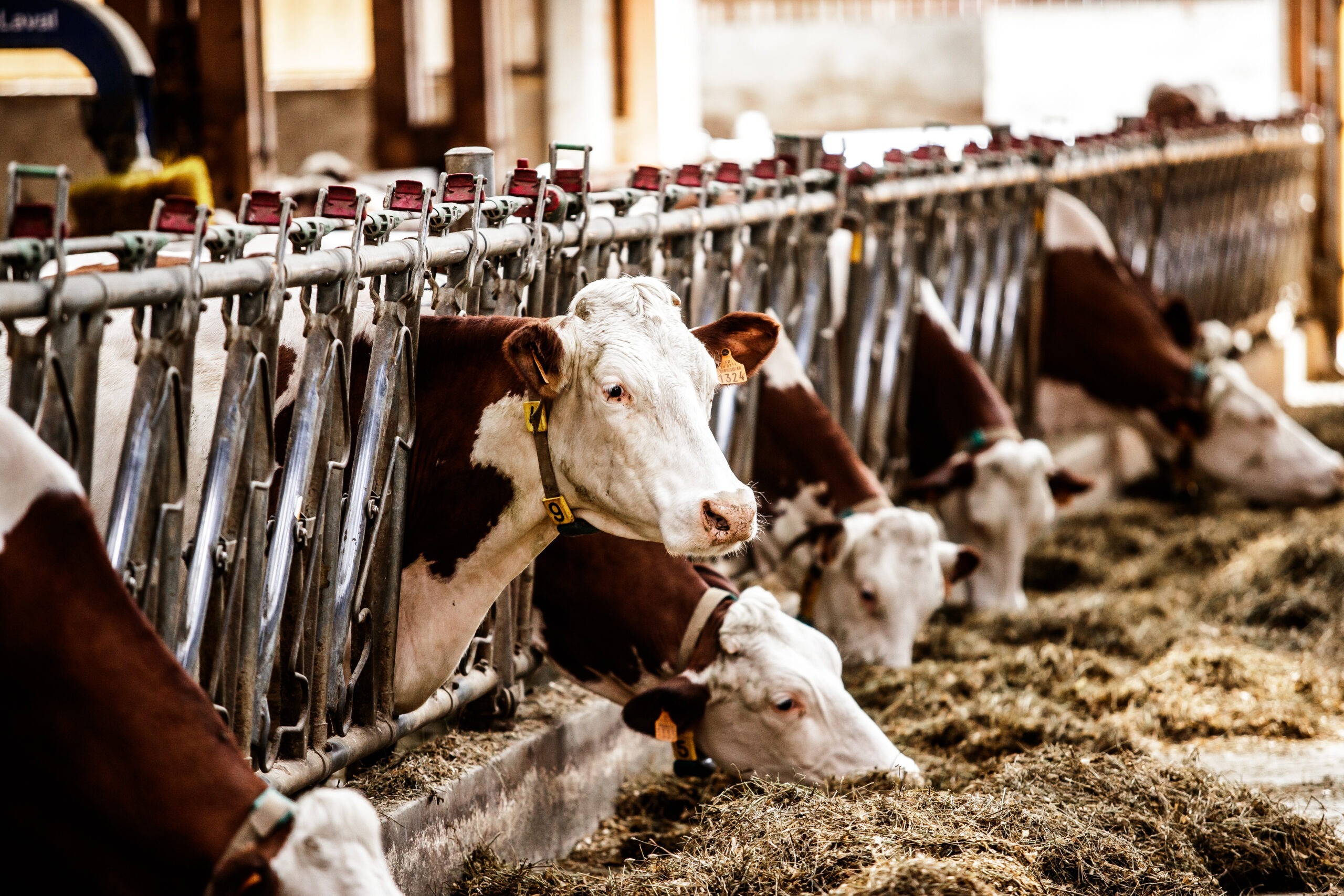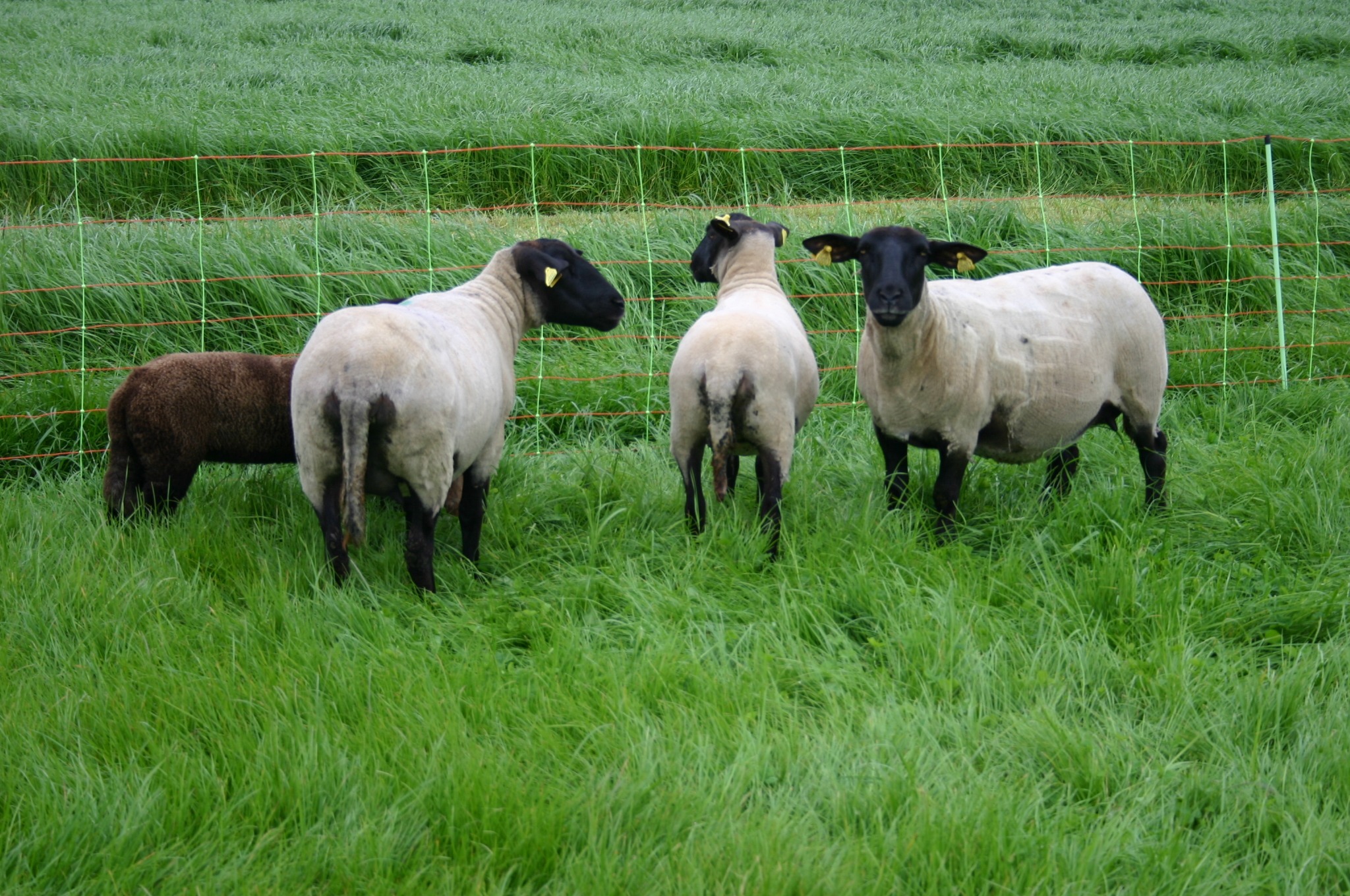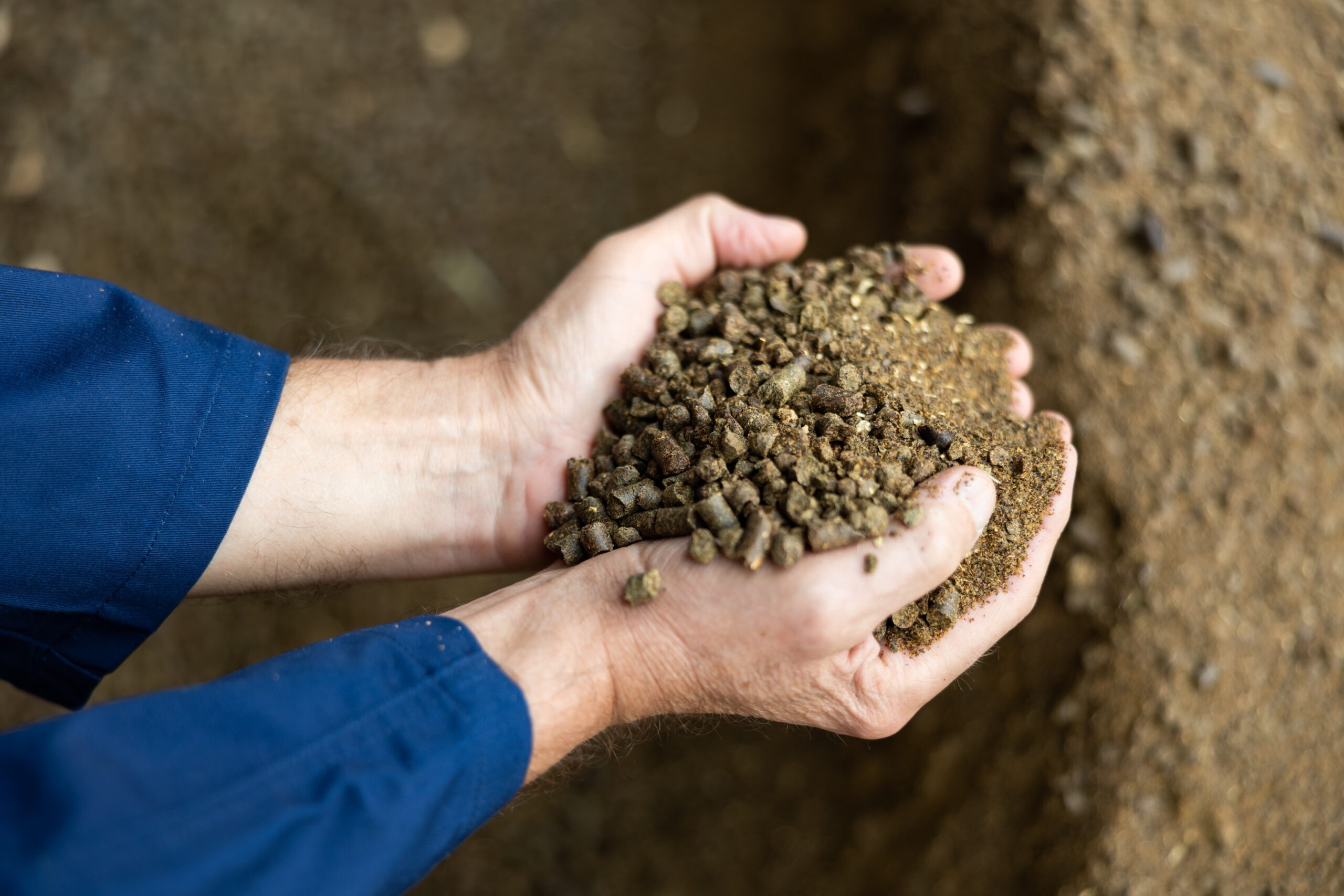Back to mapClose

 See more
See more
Animal nutrition

Plant production at the heart of animal feed
The primary objective today of manufacturers who produce feed for farm animals is feeding animals well to improve human nutrition.
19.1
million tonnes of compound feed were produced in France in 2023
What are the challenges of animal nutrition?
Animal nutrition companies are essential to the balance of livestock sectors in France. They must provide suitable feed for farm animals, guarantee a high level of food safety, and meet growing sustainability requirements.
However, recent years have seen significant changes. In 20 years, compound feed production has decreased by 3 million tonnes, or nearly 14%. This is due to changes in agricultural practices, the use of precision nutrition to reduce the amount of feed required, and the reduction in the number of livestock farms. Despite these challenges, the sector is crucial, offering a significant outlet for the development of French agricultural products and meeting growing demand driven by population growth.
What raw materials are used?
Firstly, we find cereals (49%) but also raw materials that cannot be directly used by humans which represent 43% of the volume: oilcakes 29%, cereal co-products 11% (brans, spent grains, etc.), and dehydrated feed 3% (alfalfa, beet pulp). The proportion of compound feed in the diet varies depending on the species, with ruminants feeding mainly on fodder, while pigs and poultry feed mainly on cereals, oilseed cakes or protein seeds (lupin, faba beans, etc.).

The many expectations in animal nutrition
To ensure sufficient supplies to feed populations, while guaranteeing the quality of animal-based foods, the animal nutrition sector must meet expectations in terms of nutritional qualities for animals, competitiveness, decarbonization, and animal welfare. The future of French animal nutrition now depends on its ability to maintain a robust and significant presence within the country, while continuing to export its expertise.

What are the benefits of plant breeding?
Varietal selection is one of the levers for improving the protein self-sufficiency of livestock. Seed companies play a crucial role in this process by selecting varieties of cereals, pulses, and other protein crops that allow livestock farmers to increase their meat and milk production. Plant breeders focus on characteristics such as plant digestibility, feed quality, ease of operation, and consistency of production. In addition, varieties are chosen for their resistance to diseases and pests, which ensures stable yields and the quality of the feed provided.
Seed companies regularly offer new varieties with improvements in different aspects that positively impact protein production, which are then included in the official variety catalogue. This is a constant driver of innovation, requiring each new variety to provide an improvement over the average of varieties already registered. A concrete example of this progress is the improvement in the structure of tall fescue leaves, which has resulted in a significant increase in milk production, amounting to 1.6 kg of additional milk per cow per day.
73%
Of raw materials used by compound feed manufacturers are of French origin.
Varieties selected to improve the protein autonomy of livestock farms
Plant breeding can be directed according to the needs of farms. To this end, different coefficients can be applied to scores depending on the criteria of interest. For example, you could give a higher weighting to protein content than to yield when selecting varieties. In this case, registration will favour varieties with high protein content, at the expense of lower yield.













